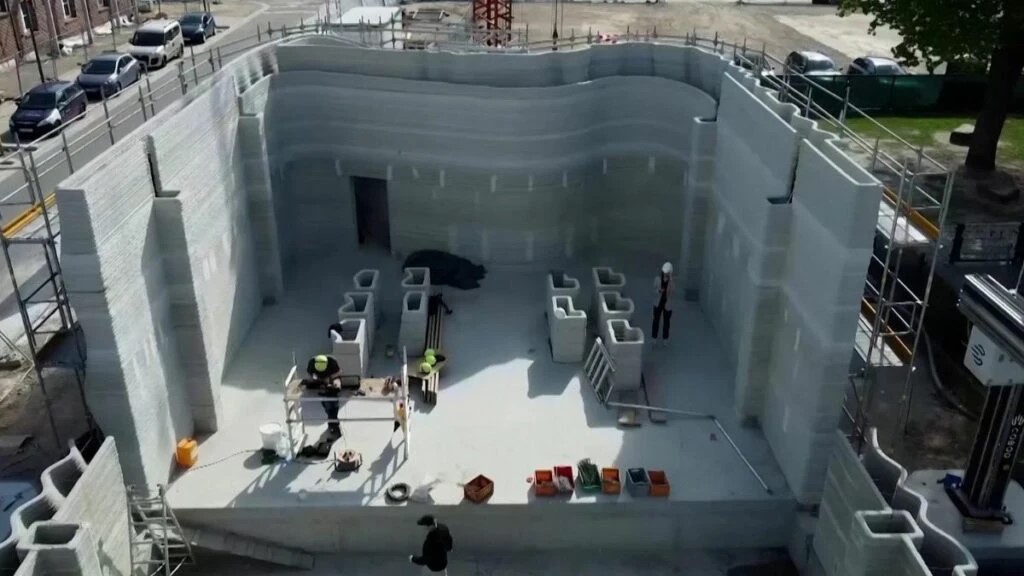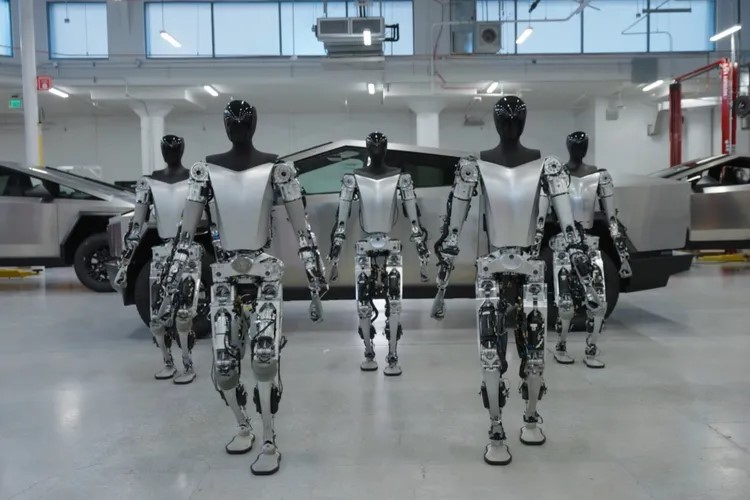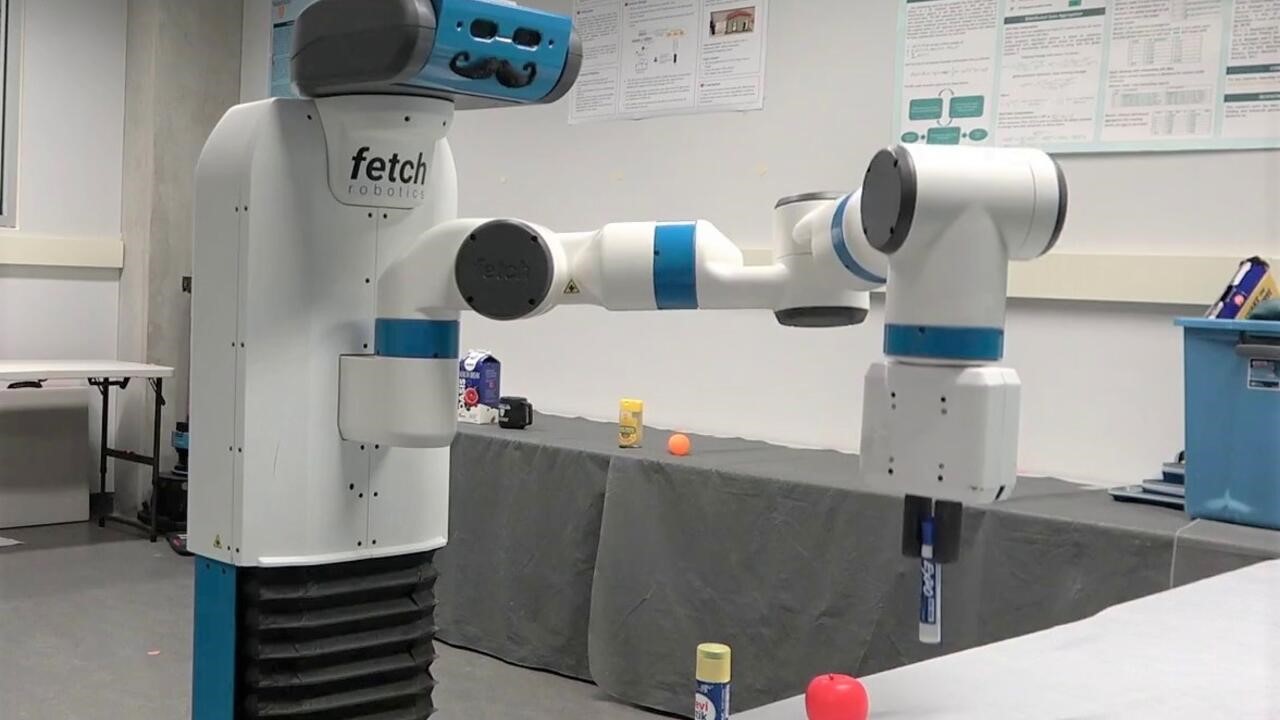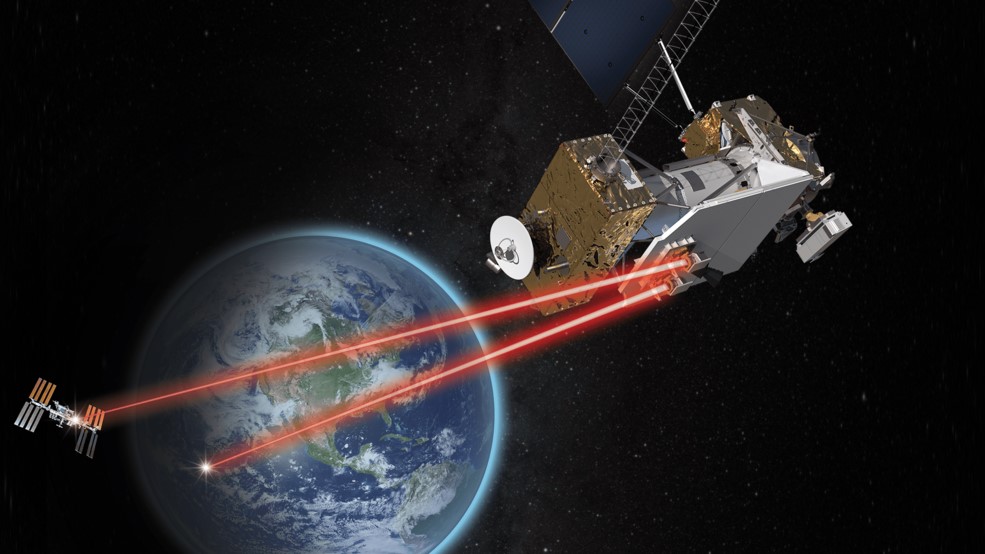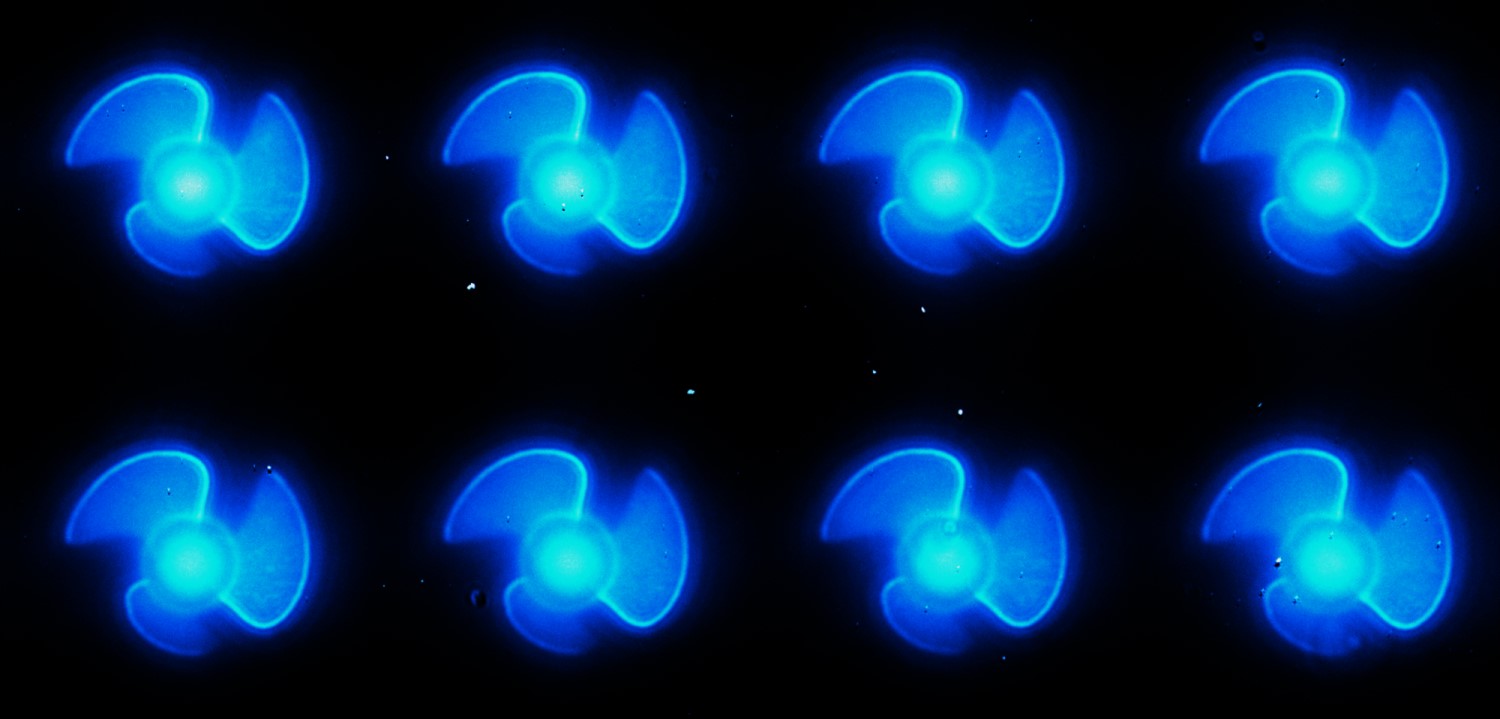Spherical Robots Redefining Disaster Response and Space Exploration
Dr. Alice Agogino, a researcher in spherical, skeletal robots funded by NASA, recognized the potential for her technology beyond space exploration. Realizing the life-saving applications, she co-founded Squishy Robotics Inc. in Berkeley, California. The company develops customizable, impact-resistant robots equipped with sensors to assist first responders in assessing dangers and gathering crucial data at disaster scenes. Their versatile robots find applications in public safety, military, and industrial sectors. [1]

Figure 1. Squishy Robotics’ tensegrity sensor robots
Figure 1 shows Squishy Robotics’ tensegrity sensor robots. Agogino's robots feature ball-shaped skeletons constructed with rods and elastic cables, embodying the principle of tensegrity. This structure, known as a tension network, enables the distribution of impact across the robot, effectively dissipating the force. The term "tensegrity" was coined by architect R. Buckminster Fuller in the 1960s, who also popularized geodesic domes, another example of tensegrity structures. [1]
These properties make tensegrity robots particularly intriguing for NASA, as they can withstand the impact of long drops and collapse into compact packages for transportation purposes. [1]
In 2014, Agogino and her UC Berkeley lab received an Early Stage Innovations (ESI) grant from NASA to explore the mobility of tensegrity robots using gas thrusters. This grant, amounting to $500,000 over multiple years, aimed to facilitate the development of groundbreaking space technologies with substantial potential. The ESI grants are part of the Space Technology Research Grants program, which provides support to academic researchers engaged in space-related science and technology advancements. [1]
Agogino and her team focused on designing probes that could be deployed from planetary orbits or larger spacecraft, withstand the impact of the drop while carrying delicate sensors, and navigate rough terrains through rolling and jumping to accomplish missions and scientific exploration on celestial bodies. [1]
Terry Fong, the chief roboticist in the Intelligent Robotics Group at NASA's Ames Research Center, drew a comparison to the Mars Curiosity and Perseverance rovers, which required a complex Sky Crane system for a gentle landing on Mars' surface. In contrast, tensegrity robots serve as their own landing devices, capable of surviving falls from great heights and continuing their operations. [1]
One key advantage of tensegrity robots is their ability to be folded flat for transportation, with Agogino even adopting this method for shipping robots to customers. Upon unfolding, the instruments and sensors are suspended in the central structure, safeguarded from the impact of a fall. [1]
The use of tensegrity robots not only saves on throwaway mass during space missions but also holds significant potential for Earth science applications. For instance, these robots could be deployed to monitor precarious environments like glaciers on the brink of breaking off into the ocean. The ability of tensegrity structures to survive drops and remain mobile afterward makes them ideal for positioning delicate instruments in challenging locations, providing a valuable instrument positioning system. [1]
Squishy Robotics, founded by Agogino and her team, recognized the practical applications of tensegrity robots and conducted customer discovery interviews with 300 first responders. Based on their feedback, Squishy Robotics now integrates miniaturized chemical gas sensors into their tensegrity robots. These robots can be dropped from aircraft to collect data in an area before firefighters enter, helping them make informed decisions about wearing hazardous material gear. Currently, the company offers stationary robots, but mobile models are under development. [1]
Squishy Robotics has collaborated with prominent fire departments such as Southern Manatee Fire and Rescue in Florida, the Tulsa Fire Department in Oklahoma, and the San Jose Fire Department in California. The company has also established reseller agreements with several distributors, expanding its reach and impact. [1]
Agogino's tensegrity robots possess diverse applications beyond disaster response and space exploration. They hold potential in areas such as bomb defusing and monitoring gas and electric lines, where their maneuverability and sensor capabilities can contribute to enhanced safety measures. [1]
In the realm of wildfire prevention, Squishy Robotics is actively exploring opportunities. Tensegrity robots can monitor high-risk areas, facilitate prompt responses to reports, and ensure thorough extinguishment of smaller fires. Early detection of wildfires is crucial, as many devastating firestorms could have been prevented with timely intervention. [1]
Having retired from Berkeley, Agogino now dedicates more time to Squishy Robotics, nurturing its growth and impact. NASA's Fong expressed his satisfaction with Agogino's spinoff of tensegrity robot technology, recognizing its potential for unique applications in space and its significant impact on Earth. [1]
NASA has a longstanding tradition of transferring technology to the private sector, fostering commercial products and services. The agency's Spinoff publication showcases NASA technologies that have successfully transitioned into the commercial realm, highlighting the broader benefits derived from investments in the space program. Spinoff is a publication of NASA's Technology Transfer program, part of the Space Technology Mission Directorate (STMD). [1]
References:
- https://scitechdaily.com/nasas-spherical-tensegrity-robots-the-new-frontier-in-disaster-response/
- https://interestingengineering.com/innovation/nasa-mars-robot-technology-adapted-for-earth-saving-lives-in-disaster-response
Cite this article:
Hana M (2023), Spherical Robots Redefining Disaster Response and Space Exploration, AnaTechMaz, pp.210




